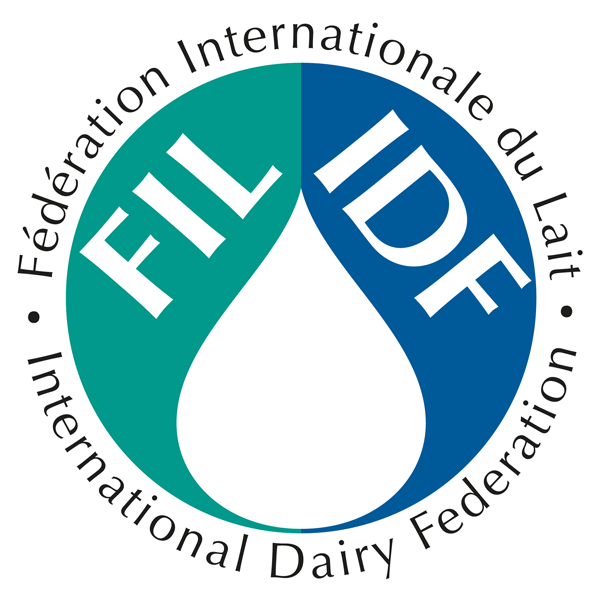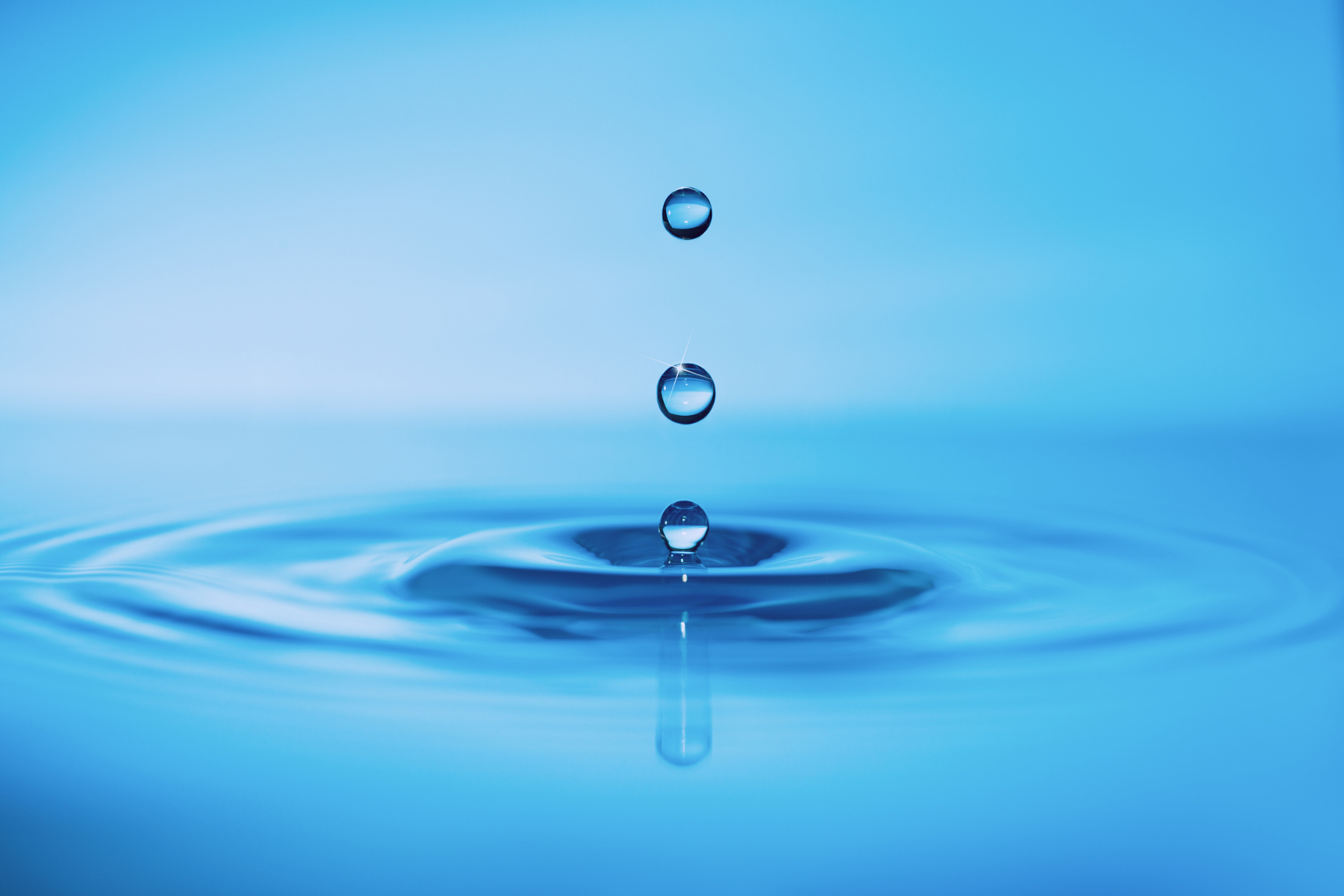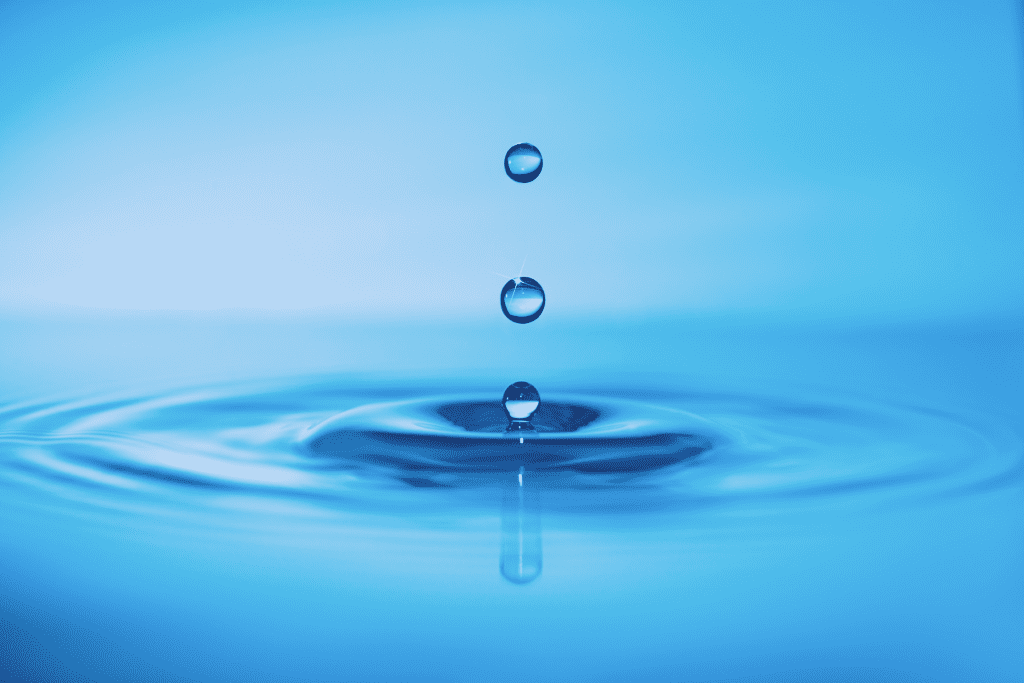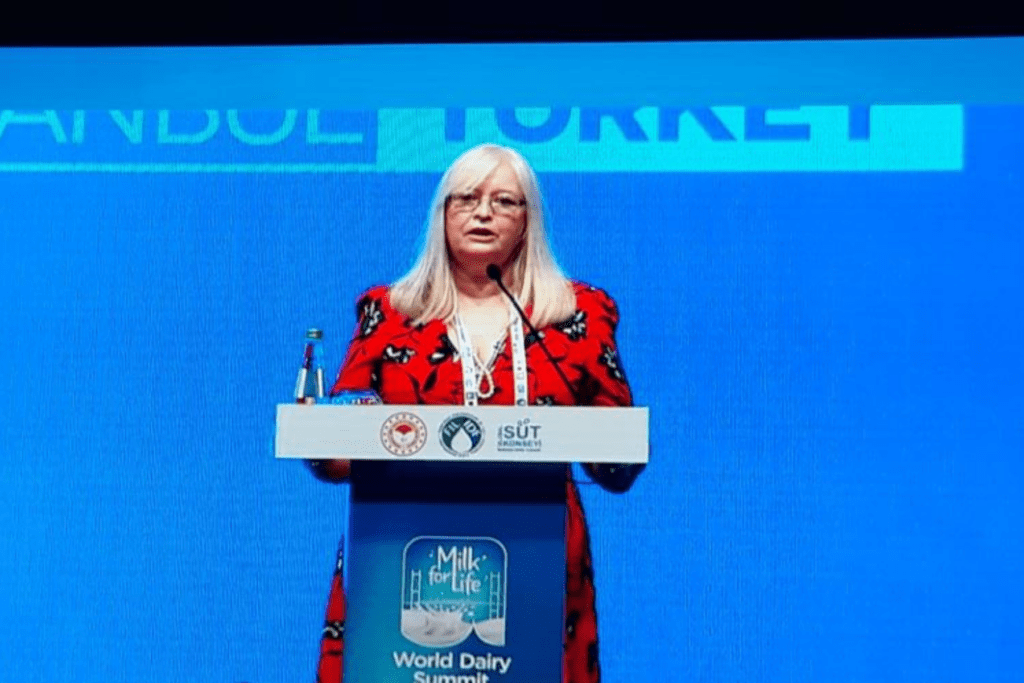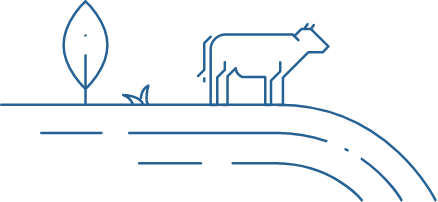IDF has today released a publication that explores pioneering wastewater treatments in dairy processing. Like all wastes produced by production plants, dairy wastewater must be treated before it is discharged into water bodies. Owing to its composition and organic matter content, biological treatments are preferred and currently, activated sludge is one of the most used processes. This treatment, completed by other unitary operations, achieves the quality levels required for the discharge. However, dairy wastewater presents further interesting possibilities. Its unique composition can support energy production and its treatment, under some conditions, allows for the recovery of water for its reuse.
The new International Dairy Federation (IDF) publication represents a guide that professionals can consult to improve the treatment and valorisation of wastewater produced on site or identify a state-of-the-art technology in the event that a treatment plant requires replacement. The production of this guide helps deliver on the dairy sector’s commitment to the adoption of sustainable practices throughout the dairy chain, ensuring that best expertise and resources are available to the entire dairy supply chain with regard to wastewater processing and treatment options. Director General of IDF, Caroline Emond, said of the publication: “In launching the publication ‘Wastewater Treatment in Dairy Processing’, the International Dairy Federation (IDF) provides the sector with a comprehensive overview of the ecofriendly and innovative wastewater treatment technologies available to the dairy processing sector. We hope that by sharing these examples, we will see increased valorisation of wastewater across the sector, thus driving sustainability and continually improving the environmental impact of the dairy sector” Different technologies are currently available to treat wastewater produced through dairy processing.
These include anaerobic reactors to treat carbon pollution and produce biogas, membrane bioreactors and membrane filtration for treating and producing water for reuse. Some dairy plants already use these technologies and the feedback received has been positive. Developed by the Federation’s action team on innovative practices for eco-friendly dairy technologies, the publication includes examples from Canada, France, Germany, Ireland, Italy, Japan, Sweden and India, giving a broad overview of the latest technologies available in this area. The publication is available in the IDF E-Shop https://store.fil-idf.org/
